How many of these fun facts about Macedonia do you know? From history to culture and travel, let’s see if you know them all.
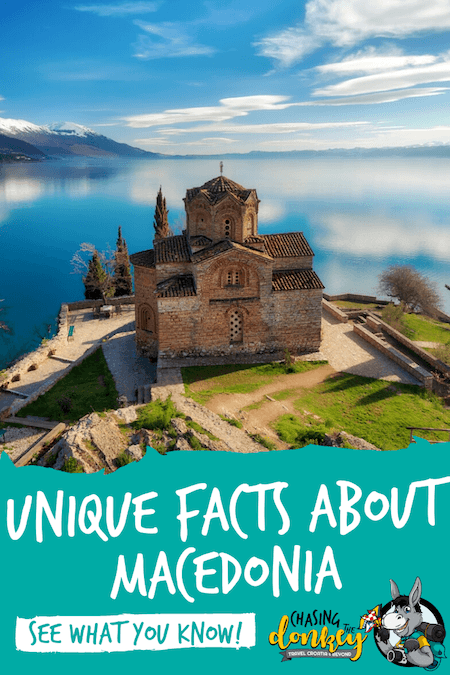
You probably heard a thing or two about the small but beautiful Balkan country named Macedonia, but how much do you really know? In this article, we’ll include some of the most interesting facts about Macedonia. Let’s start!
Skip Ahead To My Advice Here!
The Second Most Mountainous Country In The World Is Macedonia
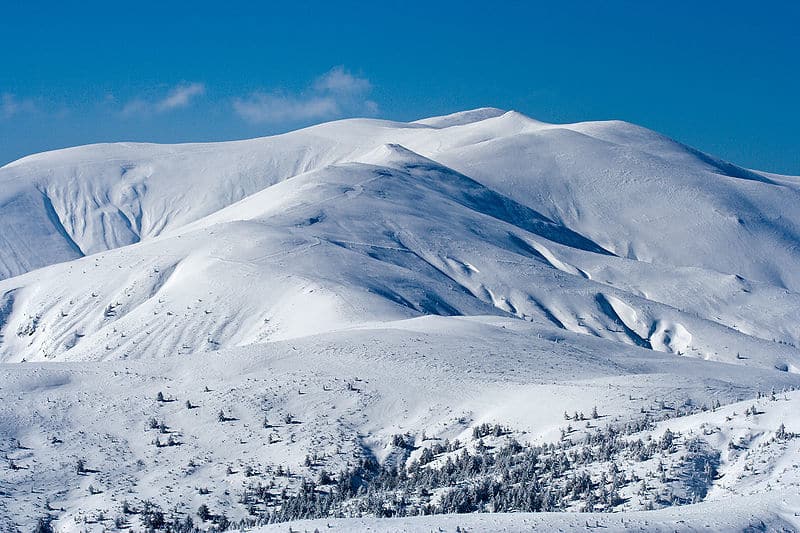
85% of Macedonia’s territory is covered in mountains. This makes this small country the second most mountainous globally, falling behind only Montenegro, another Balkan country with 89% of its territory covered in the mountains. Macedonia also has 34 mountaintops above 2,000 meters.
This makes Macedonia the country with the most mountaintops above 2,000 meters per square kilometer. How’s that for the start of this list of Macedonia fun facts?
Macedonia: One Of The Oldest Inhabited Regions In Europe

Humans have lived on the territory of what is today Macedonia for 7,000 years ago. However, the first traces of organized cities date back to 808 B.C., when the dynasty of the Argeads controlled this area.
Throughout history, Macedonia saw the mightiest empires in Europe rise and fall. The small country was a part of Alexander the Great’s Empire, the Roman Empire, the Byzantine Empire, the Ottoman Empire, and Yugoslavia, and it finally gained its independence in 1991.
It’s So Old That It’s Home To Parts Of The Cross On Which Jesus Was Crucified
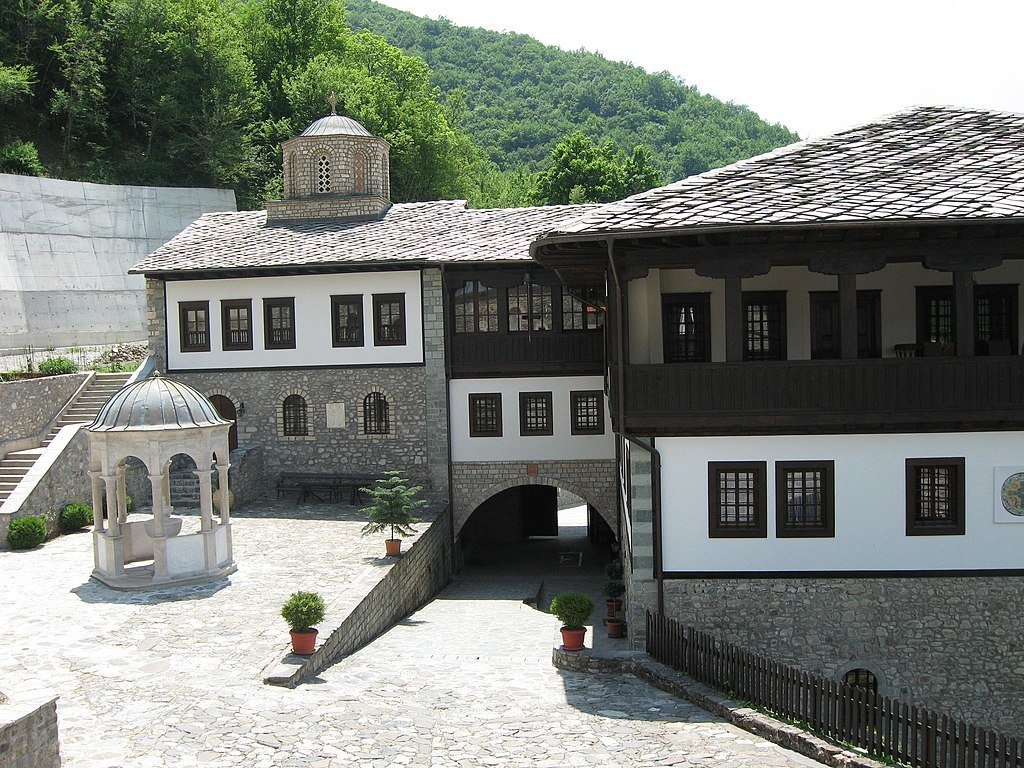
Macedonia is a fervently Orthodox Christian country that’s home to more than 1,000 churches. One of the most extraordinary Macedonia facts, although perhaps not surprising, is that in three of them, you can find parts of the cross Jesus was crucified on.
All three churches used the cross pieces they got in their foundations, and all three are fascinating samples of medieval architecture. The first one is St. Bogodorica Prechista in Kichevo, another one is St. Jovan Bigorski near Gostivar, and the third one is St. Georgji Pobedonosec in the city of Debar. Talking about churches…
Macedonia Has A City With 365 Churches
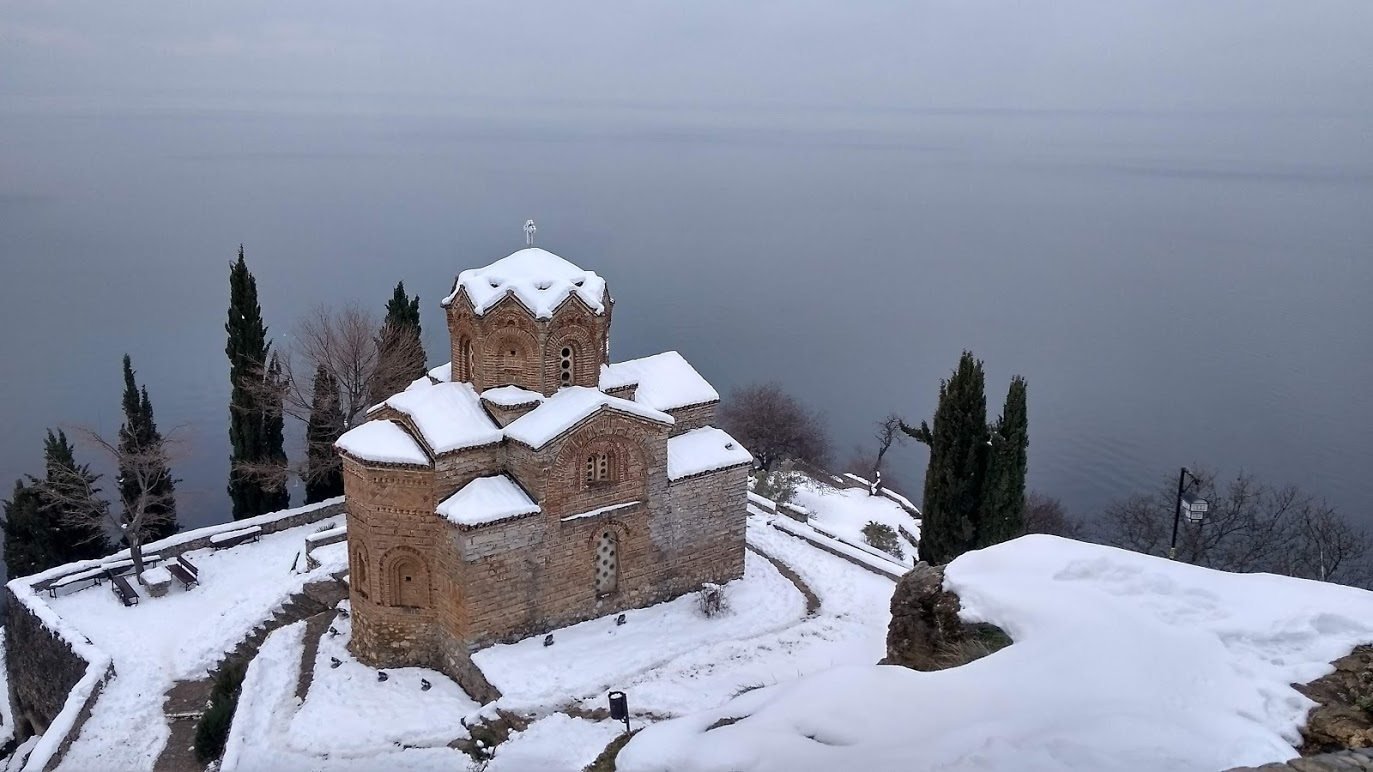
Ohrid is a small town in the southwest of the country that’s home to 365 churches (one for every day of the year), which is undoubtedly something you didn’t know at all about Macedonia. Some of these churches have been abandoned, but Ohrid is probably the city with the most churches per square meter globally. These churches are great places to scoop up a souvenir or two as well!
The city is also Macedonia’s only UNESCO World Heritage Site (a few more places on the tentative list). It’s also one of only 28 locations in the world to be on both UNESCO’s cultural and heritage site list. The main reason for this is…
Brands We Use And Trust
Ohrid Lake, One Of The Oldest Lakes In The World
With a maximum depth of 288 meters, Ohrid Lake is the deepest lake in Europe, but it’s also one of the world’s oldest ones. According to most scientists, the lake is estimated to be more than 4 million years old. In case it ever comes up in a pub quiz, you’ll undoubtedly be able to impress your friends with this fascinating piece of Macedonia information.
Additionally, more than 200 endemic species live in Ohrid Lake, and hence, it’s no wonder that the lake is a part of UNESCO’s World Heritage list.
It’s Home To One Of The World’s Oldest Observatories
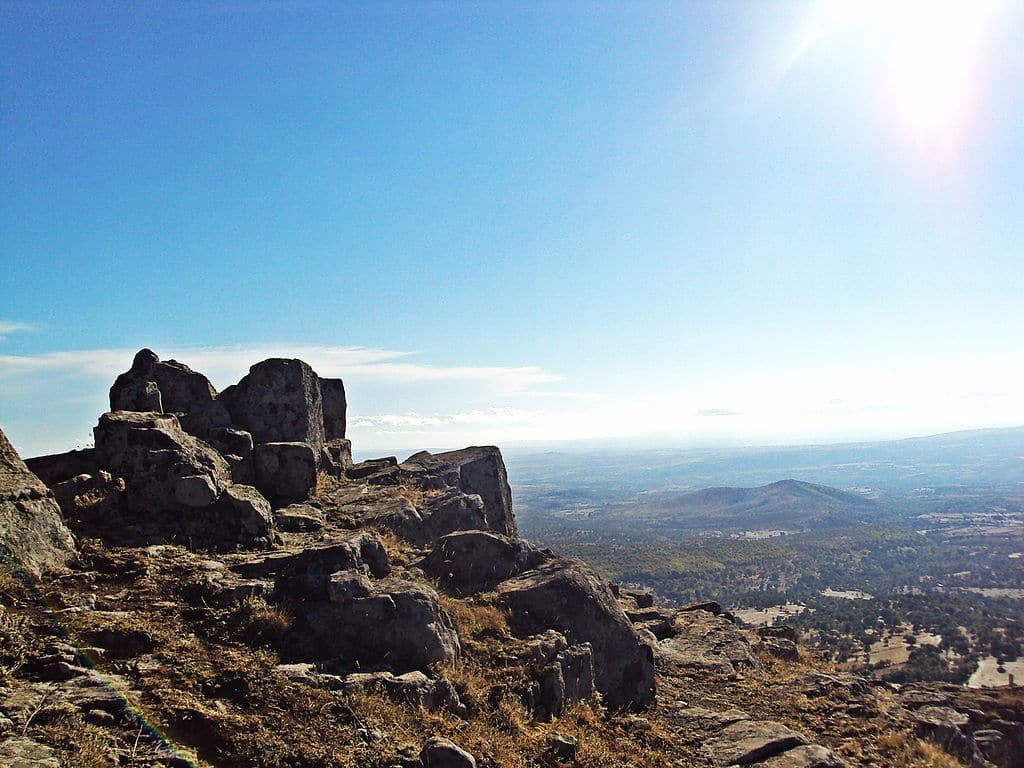
According to NASA, Kokino is one of the oldest space observatories in the world. The site dates back to the bronze age, and people used it to observe space as early as the 19th century B.C.
The site spreads across 30 hectares, it’s located around 30 kilometers away from the city of Kumanovo, and a Macedonian scientist discovered it in 2001. Today, Kokino is on UNESCO’s tentative list, and it’s only a matter of time before it’s finally placed on UNESCO’s World Heritage list.
Macedonia’s Capital Is The Birthplace Of Mother Teresa

Most people relate Mother Teresa to Calcutta, where she did most of the humanitarian work. However, many people forget that she was actually born in Skopje in 1910.
Today, near the Macedonia square, you’ll find a memorial house museum dedicated to Mother Teresa’s life and achievements in Skopje’s center.
Macedonia Has A Country Within
After Macedonia became an independent country in 1991, the small village of Vevcani, located in the hills north of Ohrid Lake, proclaimed itself to be the first micronation on the Balkan Peninsula, even though everyone living in the village was (and still is) ethnically Macedonian.
Vevcani had its own flag and currency, but the republic didn’t last long, and soon, it became a part of the nearest municipality, Struga. However, despite this, locals still use the “Republic of Vevcani” to attract tourists. They will even give you “citizenship” if you can drink enough local wine.
Macedonia Has A Cave That Looks Almost Identical As The One From LOTR
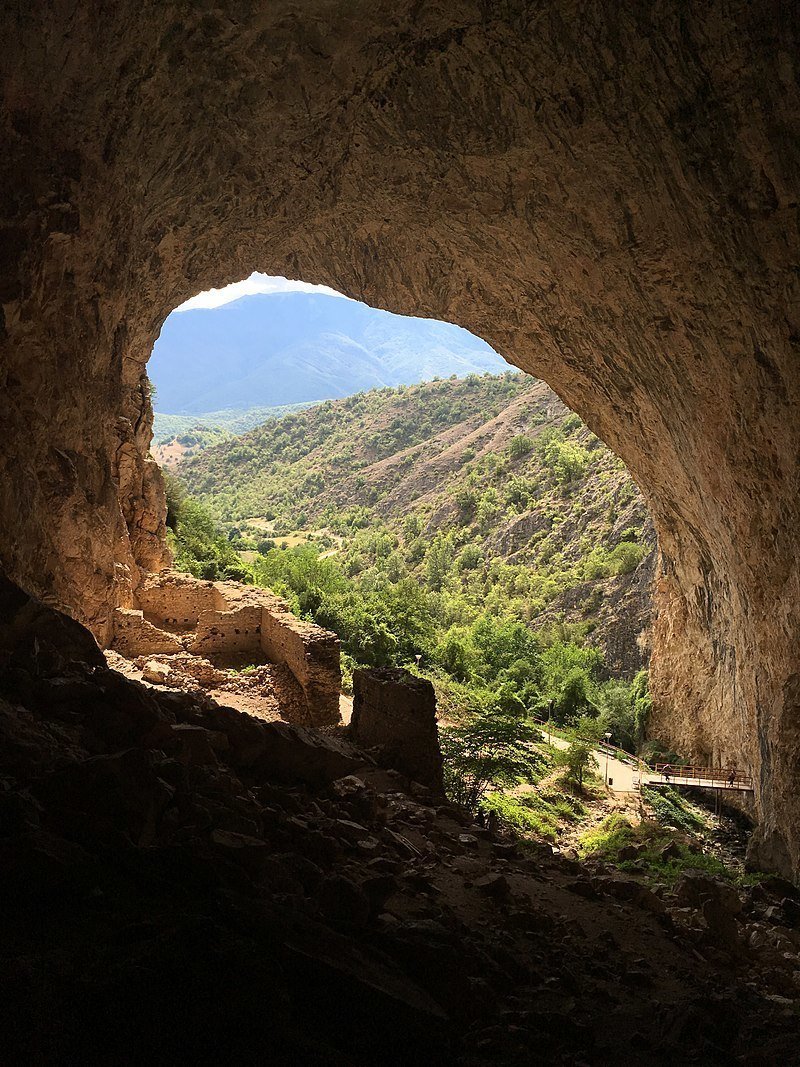
Located in the western part of the country, Cave Peshna is one of the most beautiful caves on the Balkan Peninsula. According to the New York Times, it’s the closest thing our planet has to Helm’s Deep from Lord of the Rings.
Additionally, the cave entrance is 30 meters high, making it the biggest one on the Balkan Peninsula and one of the largest ones in Europe.
It’s Home To The Second Biggest Cross In Europe
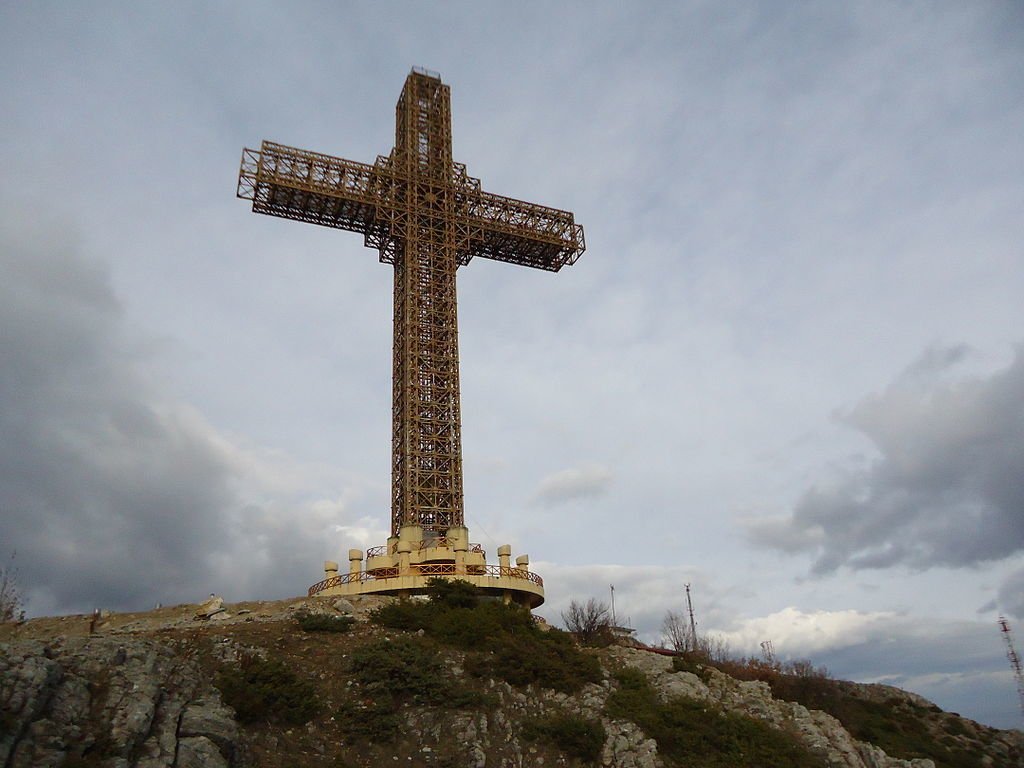
Visible from almost every point of Macedonia’s capital, the Millennium Cross of Vodno Mountain is the second largest cross in Europe and the fifth-largest in the world. It’s 66 meters high, and it was built in 2000 to commemorate 2,000 years of Christianity in Macedonia.
Macedonia Is Home To (Arguably) The Deepest Underwater Cave In The World

Located in the Canyon of Matka, Cave Vrelo is one of the world’s largest underwater caves. Several attempts to explore the cave fully, but no one still knows just how deep it is.
The last expedition reached a depth of 77 meters, but according to their statements, the cave is a lot deeper than that.
The First Country In The World To Have Full Access To Wireless Broadband
This might just be one of the most surprising facts about Macedonia on this entire list. Still, back in 2006, Macedonia became the first country in the whole world to have full access to a wireless broadband connection. The project was named “Macedonia Connects” and was sponsored by the U.S. Agency for International Development.
Macedonia Was The Place Where Cyrillic Alphabet Was Invented
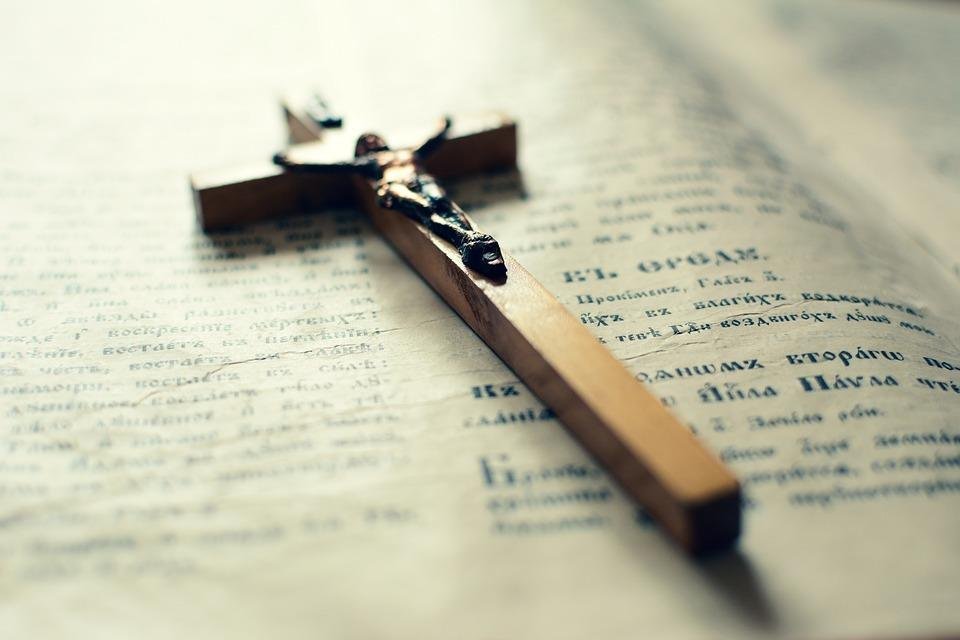
The Cyrillic alphabet that most people associate with Russia was developed on Macedonia’s territory by brothers St. Cyril and St. Methodius.
Their pupils afterward taught the script; Climent and Naum are one of the first universities in Europe in the city of Ohrid, from where it spread across the Slavic world.
Europe’s Only Ruby Mine Is Located In Macedonia
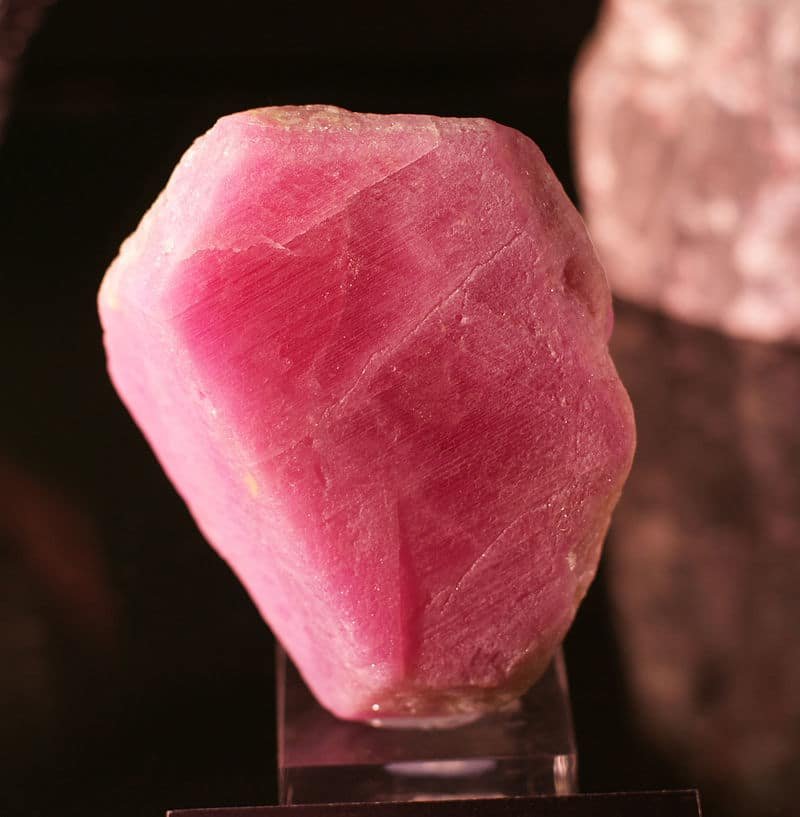
You probably didn’t know this fact, but Macedonia is the only country in Europe to have naturally occurring rubies, and this is where you’ll find the only ruby mine in Europe. In fact, many of the precious stones that you see in famous luxury magazines came from the ruby mine in Prilep. Talking about precious findings…
Macedonia Home To The Only Thallium Mine In The World
Located on Mount Kozhuv, Alshar is the only mine in the world where thallium was actively mined. Today, the mine still contains more than 500 tonnes of thallium, a source for creating rare thallium minerals. One of them is lorandite, a mineral that can produce ecologically clean energy, but unfortunately, little research has been done regarding this.
Some historians claim that the lorandite of Alshar was used to cover the shields of Alexander the Great’s army because, supposedly, lorandite caused a sun reflection so powerful that it could blind and disable their opponents. According to them, this is one of the main reasons why Alexander the Great lead most of his battle during the day.
Macedonia Has Two Flags
When Macedonia became an independent country, the flag was different from the one you see today. Both had the same mix of colors, and both featured a yellow sun on a red background.
However, the initial flag used the sun symbol that was discovered on ancient tombstones in the town of Vergina, located in the Greek part of Macedonia. This resulted in a dispute with Greece, culminating with a trade embargo.
Macedonia was forced to change its flag, even though this made little sense from a legal standpoint, and it’s been using its flag since 1995. This brings us to the next fact that’s related to the Greece-Macedonia dispute…
Move This Adventure To Your Inbox & Get An Instant Freebie

No spam. Unsubscribe at any time.
It Changed Its Name Despite The Majority Of The People Didn’t Accept It.
In February 2019, Macedonia changed its official name from the Republic of Macedonia to the Republic of North Macedonia. The change was primarily made to please Greece and stop it from vetoing Macedonia’s entrance to the E.U. once again.
However, what’s interesting is that the name change happened after a referendum that was boycotted by nearly 65% of the country’s population, which means that only 35% of the country’s citizens actually voted for changing the country’s name.
It Has The Strongest Opium In The World
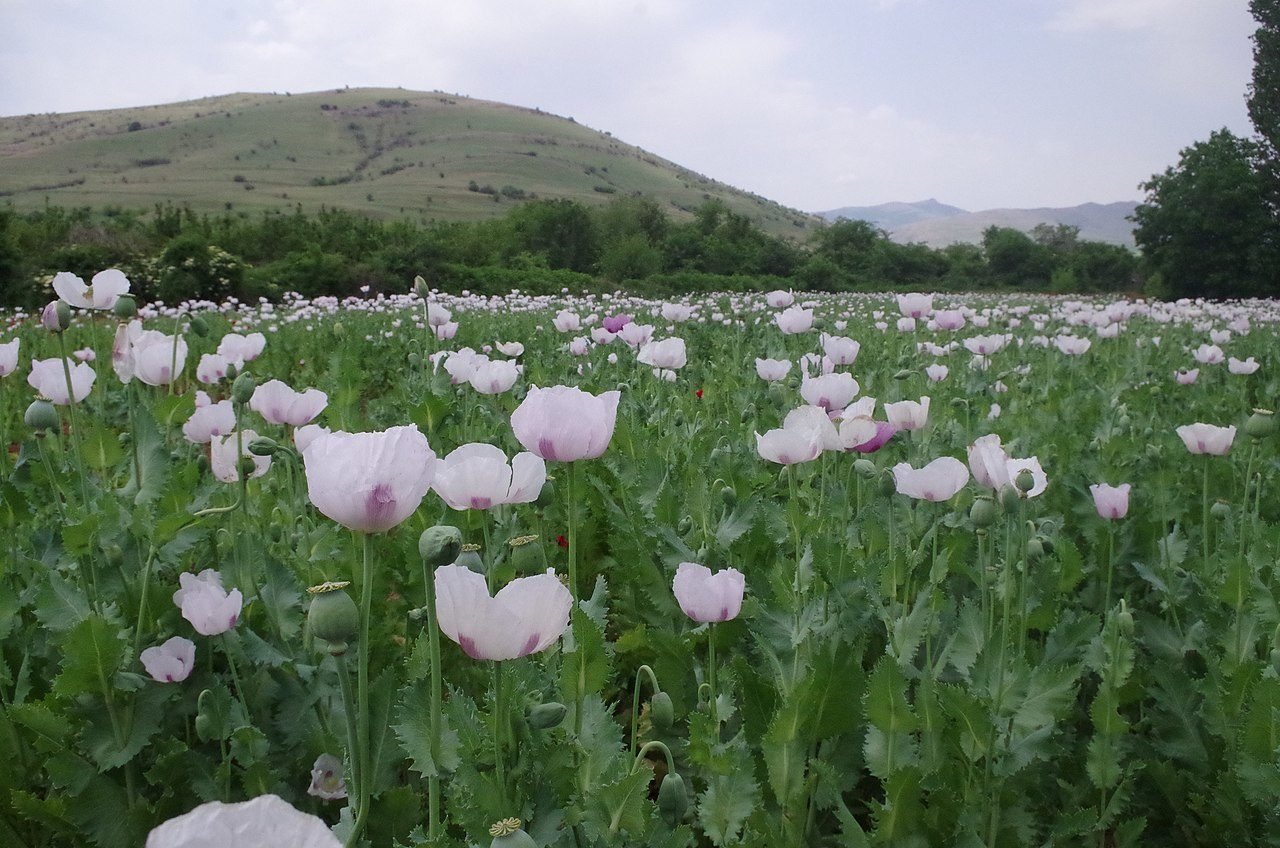
Let’s finish off this list of interesting Macedonia facts and information on a high! Yes, pun absolutely intended. People in Macedonia have traditionally been cultivating the opium poppy flower for years, and surprisingly, Macedonia is home to the most potent opium in the world. The opium cultivated in Macedonia has 14 morphine units (on average). That’s almost double the morphine units in opium cultivated in China (8), India (7), and Turkey (6).
How many of these fun facts about Macedonia did you know? Did you learn some new things about this beautiful Balkan country? Which one was your favorite fact? Let us know in the comments!


these facts are so cool! I never knew any of them!
so many cool facts I did not know about my moms country thank u
This list is 100% correct and has lots of interesting facts enjoyed reading this keep up with your great work!
I 100 percent agree! This is so literally based and I hope it gets more recognition!
Wow! I live in Macedonia, and like, half the facts were completely new to me! Please write one about Macedonian food next!
So glad that you loved it, Slavko wrote one about food already. Check it out: https://www.chasingthedonkey.com/traditional-macedonian-food-in-macedonia/
Very interesting facts! 2022 update suggestion:
Fun fact #16, it has elminated Italy on football worldcup… Viva Macedonia !
That’s right! Ronaldo is quaking in his boots!
There should be another article about Alexander the great, who is from Ancient Macedonia
I apologise, but you should have a fact check on fact #13. Your website is very good, but there is this flaw. (Please read to end for full info)
Saints Cyril and Methodius did not create the Cyrillic alphabet, but the Glagolitic. They created the alphabet for their mission to Greater Moravia, and the alphabet quickly spread across the Balkans (although short-lived, sticking mainly in Croatia, quickly being replaced with Cyrillic elsewhere).
The Cyrillic alphabet was however created by their Students in the First Bulgarian Empire, a project lead by Bulgarian academics St Climent of Ohrid (Ohrid was part of Bulgaria at the time) and St Naom.
After St Cyril’s death during the mission to Moravia, the king of the region changed, and the Students were exiled from Greater Moravia. Believed to be reported about the mission by the Serbian leader, the Students, however, were welcomed with open arms by Knyaz Boris I of Bulgaria. At the time, the Bulgarian Empire was suffering struggles of war, famine, and division, and Boris I saw the Students as an opportunity to convert the knyazdom to Christianity, a unifying factor, and standardise the Bulgarian Slavic language (hence Cyrillic, and hence why you may have heard some refer to Old Church Slavonic as “Old Bulgarian”).
Knyaz Boris I would open two schools (one in Ohrid and one in Preslav, both located in the Bulgarian knyazdom back then) for the St Clement, St Naom and the rest of the three Students of the Late St St Cyril & Methodius.
Knyaz Boris would commission St Clement and the Students to standardise the Bulgarian (then simply called Slavic) language. Boris I wanted to enlighten the entire nation, so due to the fact that Glagolitic was very complicated to be taught to everyone including peasants, Boris commissioned a new alphabet, one which was simpler and closer to Greek, because the knyazdom formerly used the Greek alphabet, for law based purposes: the Cyrillic alphabet, named after the teacher of the students who had died before the alphabet’s commission. Due to the works of Boris I, when his son, Simeon, came to the throne, Bulgaria lived through a Golden age, and became the first Tsarsom.
The Cyrillic alphabet would quickly spread. As Bulgaria grew under Knyaz Boris and Tsar Simeon, the Cyrillic alphabet would also spread. Many Greek-influenced and later Orthodox nations, such as Serbia would adopt the Cyrillic alphabet from Bulgaria for liturgical practices. Even when the Kieran Rus’ decided to convert, Bulgarian missionaries would travel to the Kingdom, hence why Russia and Ukraine use the Cyrillic alphabet.
Croatia was really the only country where Glagolitic would stick, because Croatia chose to parallel with Rome, and was never in a cultural alliance with Constantinople. Therefore, Greek had never been a major writing script for the Croats, so even though Glagolitic was complicated, there was never a need to change to an alphabet more resembling of Greek, because nobody knew Greek. During the schism, Croatia chose Catholicism, so there was no need switching to Cyrillic (now used by many Orthodox nations, namely Serbia and Bulgaria) in order to better correspond with Orthodox nations, As a consequence, the leaders of Croatia chose to maintain the Glagolitic alphabet. Croatia only changed due to pressure to close ties with Rome, where the Latin alphabet was eventually preferred.
The nation of North Macedonia has very little to do with Cyrillic, if at all. The Cyrillic alphabet was commissioned by the Bulgarian knyaz Boris I to standardise the Bulgarian language and translate religious texts, which then spread to the Orthodox kingdoms. The alphabet was commissioned to the Bulgarian students of late (the brothers died before the alphabet was even begun) Greek-Slavic brothers St St Cyril and Methodius, and thought of in the Preslav Literary school, in the Bulgarian Empire, today’s Bulgaria, far from N. Macedonia.
The only thing N.Macedonia has to do with Cyrillic is that one of the Students that created Cyrillic was St Clement of Ohrid – where Ohrid, although now located in North Macedonia, was then part of Bulgaria and always had been for the existence of Bulgaria. The alphabet was commissioned by a Bulgarian for Bulgarian purposes, the students were Bulgarian born, taught and raised in Bulgaria, and the alphabet wasn’t even created anywhere near N.Macedonia.
MACEDONIA IS THE BEST COUNTRYM ALL THINGS TINVENTED BY THEM, GREECE SUCKS.